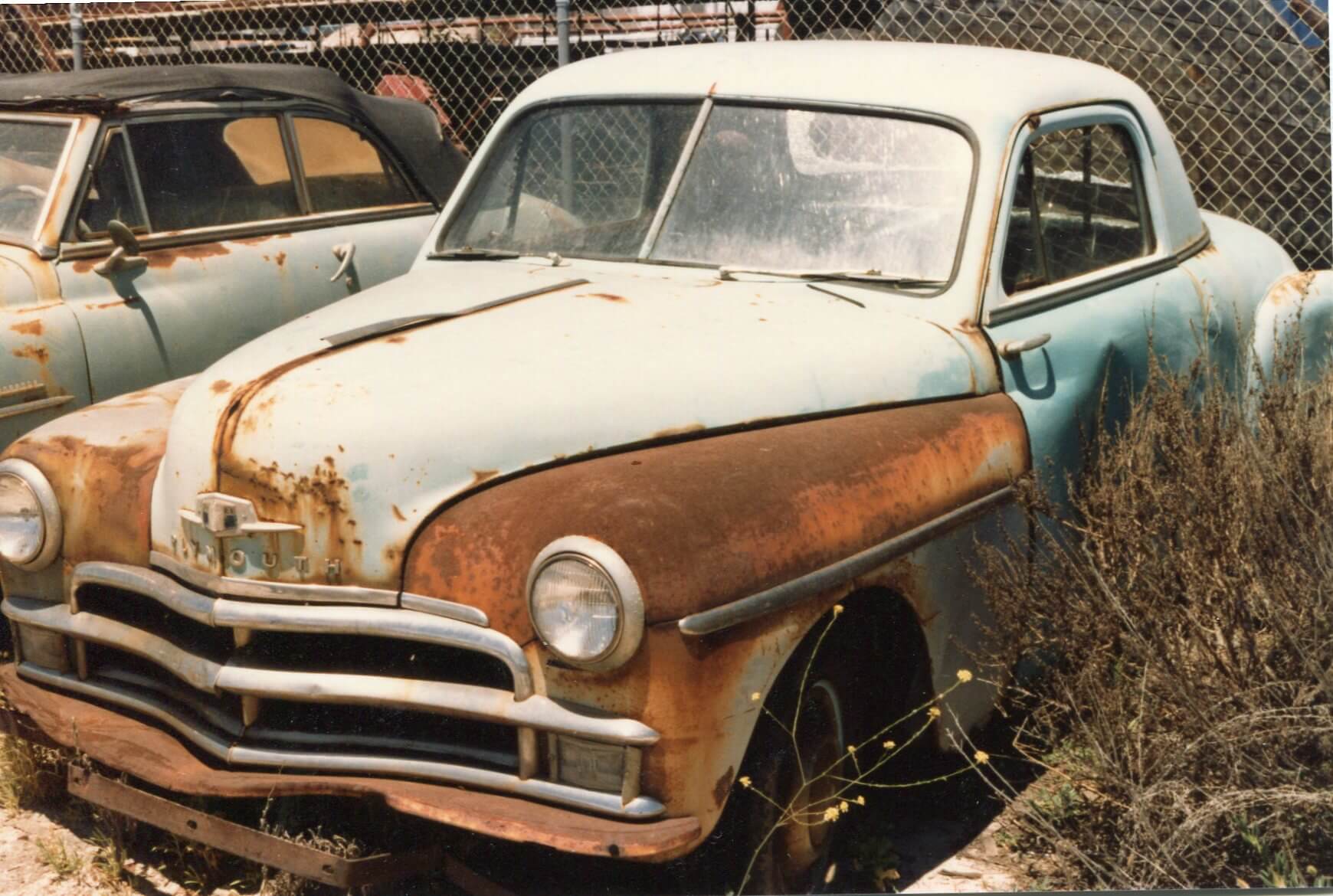From Guest Blogger Bobbi Peterson: Transportation Harms the Environment in Many Indirect Ways

While the advantages of speedy travel are obvious, we may not consider what effects this has on the environment. We are aware that burning fossil fuel contributes to greenhouse gases and global warming, but what are some of the other indirect ways transportation harms the environment?
Incomplete Combustion
When an internal combustion engine burns fuel, it sends the exhaust into the environment through a series of pipes. If the fuel is not completely burned, it goes into the environment through the exhaust as particulates. Breathing these particulates contributes directly to respiratory and cardiovascular problems. If we don’t breathe them in, animals may ingest them through breathing or eating vegetation polluted by them.
Soil Pollution
Transportation indirectly affects soil quality. We pollute the soil when we build new roads or rails. Highway construction can destroy the landscape in order to build straight, level roads for safe travel. Heavy machinery spills gasoline, oil and other chemicals used in construction. Transporting dangerous chemicals over the roadways increases the risk of polluting the soil around them.
Industries based on coastlines or waterways contribute to soil erosion and the loss of coastline. Ships contribute to increased wakes, which wash away our beaches.
Railroad ties are treated with chemicals to preserve the wood and make it stronger. These chemicals eventually leach into the soil and contaminate it.
Roads often cut through a variety of terrains, and high vehicle speeds create some amount of wind, which causes erosion over time.
One positive development to combat erosion is a process called hydroseeding. It combines grass seed with fertilizer, retention polymers, water, mulch and other additives. The slurry is housed in a big vat that is mounted to a truck. It is sprayed in uniform layers, which can settle on any slope or uneven ground. This keeps the wind from eroding the soil, and new grass and vegetation can grow there.
Water Quality
Fuel exhaust, oil and chemical spills contribute to water pollution, but so do other aspects of water transportation. Dredging, a process to deepen water for larger boats, stirs up sediment, destroys natural habitats and clouds the water.
Ballast water potentially introduces non-native species to an environment, where they may thrive and disrupt the existing ecosystem. Wastewater from boats introduces harmful bacteria and garbage, which may not be biodegradable.
Destruction of Biodiversity
Increased construction raises the demand for raw materials. Land-based transportation, necessary to obtain these materials, has led to deforestation. Roads are built on wetlands and have destroyed water plant species and breeding grounds for frogs, turtles and other amphibious creatures.
Other animals, such as migratory birds, have to find new homes. Deer and bear are driven out. Many animals become endangered as their habitats are changed or destroyed. Other animals are forced to live among each other in smaller plots of land. Fewer animals and plants can survive in the new environment, which contributes to the decline in biodiversity.
Land Consumption
The fact is, transportation takes our land away. Airports require expansive buildings, towers and long runways. Trains need permanent tracks wherever they go. New highways and required structures can cut old neighborhoods in half and create unintentional borders for people and wildlife.
A highway running through what was once farmland exposes the land to people, machinery and litter. The traffic increases pollution, noise and unpleasant odors.
Pipelines carrying volatile materials like oil or pressurized gas cut through the land and require borders for public safety. This consumes great amounts of land in an effort to transport fuel to where it is needed.
Destruction of Landscape
If valuable raw materials are discovered and harvested, this brings in heavy machinery and excavating equipment. The land is virtually destroyed in the process of obtaining the minerals, coal, oil or gas.
Scenic landscape is of no use, when roadways and pipelines must be flat for safe and efficient travel. Trees have been cut down, hills have been leveled and even mountains have been dynamited in order to create the ideal transportation environment.
Noise Pollution
You might not think about the noise generated by transportation. People living around freeways, construction sites, airports, train stations or transportation hubs have to listen to all sorts of noise and may just get used to them. Among many other noises, they are subjected to horns blowing, brake squeals, slamming doors, loud music or just the sounds big things make when they go fast on land or through the air.
Light Pollution
If you have an airport, you have to have lights. Lights are on planes, runways, towers — everywhere— and they stay on day and night. The same applies to trains and other vehicles. Our cities are lit up so much you can barely see the stars in the sky anymore.
Light pollution is unsightly, and it is also unhealthy. Light pollution directly affects our health and immune functions. It also causes adverse behavioral changes in animals and insect populations. Lights on at night contribute to our costly energy use and add to our carbon footprint and global warming.
It’s nice to get to where we want to go quickly and efficiently and in comfort, but our environment is paying a heavy price for our conveniences. The more people travel, the more accommodations they will need. This means more land and habitats will be consumed and destroyed. We need to consider these things the next time big business pitches building a new bridge, airport or other transportation facilities.
